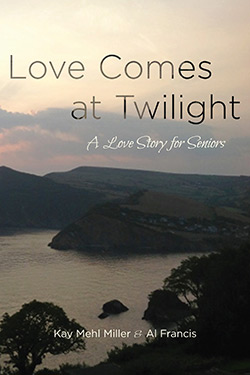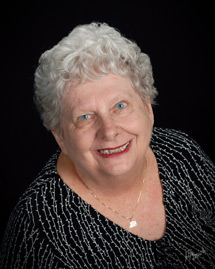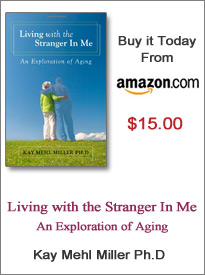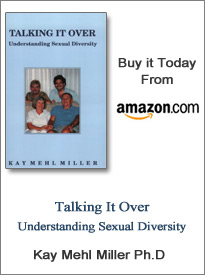 Where have I been all this months? Working on a very special book for those who suspect they might be too old for love. Don’t believe it! Love came to me at a virtual bridge table in the form of an 80-year-old Southern gentleman from Texas. We have been corresponding for nearly three years now and are very, very close.
Where have I been all this months? Working on a very special book for those who suspect they might be too old for love. Don’t believe it! Love came to me at a virtual bridge table in the form of an 80-year-old Southern gentleman from Texas. We have been corresponding for nearly three years now and are very, very close.
The inspiration I received from loving someone once again and being loved led me to write a novel about the experience. Of course, I fictionalized the story for the true story can’t be told adequately. I needed to invent characters and events to produce a universal love story, a story similar to my own experience, but a story all its own. If you have ever written a piece of fiction you will know that the characters take over your talent and lead you down the pathways they want to go. So it is with Carol and Ellis in Love Comes at Twilight: A Love Story for Seniors. Check the book out on Amazon. The Kindle version can be borrowed for a limited time, so don’t wait.
And, yes, the man whose name is on the cover of the book contributed to the writing in the form of emails from Ellis. We had a lot of fun creating this work together. The writing took a year and a half. Creative projects are like that. Let me hear from you about your creative projects, the kind of work that makes life interesting at any age. I’ll turn my comment section back on for a while. I had to turn it off because the spammers became impossible.





